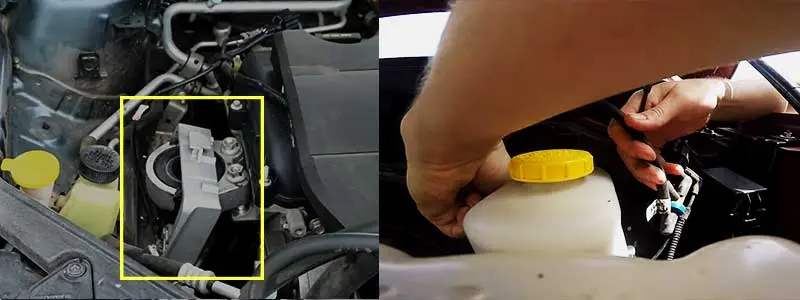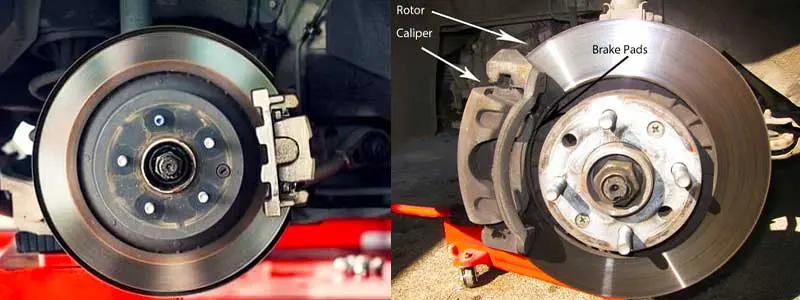Brake Pad Wear Indicator Meaning and Solutions
The wear indicator is a monitoring device used to inform the driver promptly when the brake pad has reached its minimum thickness/wear limit.
For disc brake pads, this is usually two millimeters. The wear indicator may be electronic or acoustic, depending on the brake system.
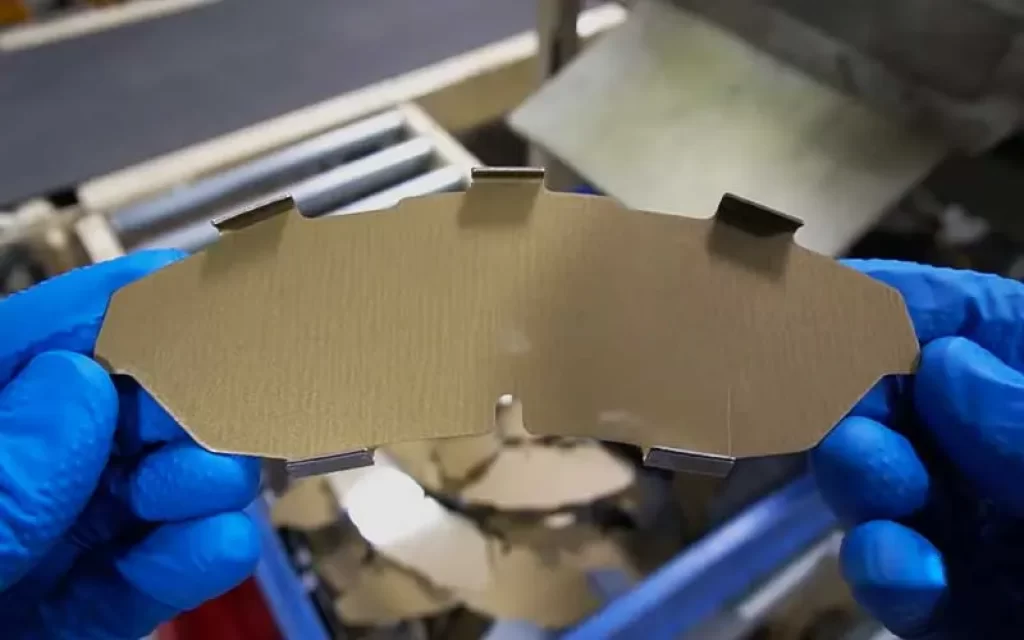
Now fitted as standard on many modern vehicles, brake pad wear sensors, also known as brake pad wear indicators, will become an increasingly popular part of any brake job.
1. What is a brake pad wear sensor?
Like all the parts of your car, brake pads wear over time. However, the amount of time it takes to do this can vary greatly.
Road conditions, driving style, speed; all impact the speed at which this happens, making it difficult for drivers, and technicians, to determine when a new set may be needed.
The introduction of the brake pad wear sensor removes this uncertainty by letting drivers know when the pad has worn, and in some cars, even predicting when this will be.
As well as helping plan future brake jobs, it also ensures the brake pads are in good working order for a safe and controlled ride.
Read Also: Air in Brake Line Symptoms

2. How do brake pad wear sensors work?
Today’s brake pad sensors are an evolution of the traditional metal tabs found in many older braking systems.
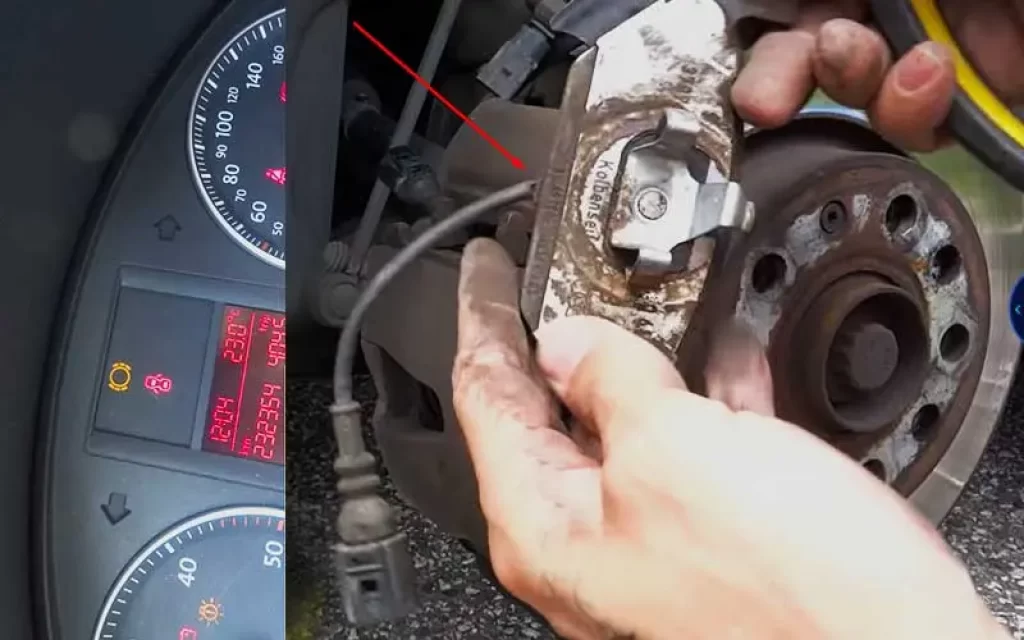
The acoustic wear indicator is purely mechanical, and takes the form of a scratch plate mounted on the base plate of the brake pad.
When the wear limit is reached, the brake disc comes into contact with the scratch plate when the brake is operated.
The combination of this contact and the rotation of the brake disc generates an unpleasant screeching sound.
Electronic brake pad wear sensors eliminate the tab by using a small sensor – a loop of wire with a low current passing through it.
As the pad wears out, the loop is exposed and makes contact with the rotor or disc, creating an open circuit.
This illuminates the dashboard warning light, indicating it’s time to replace the brake pads.The latest sensors go one step further.
Known as two-stage sensors, they feature two resistor circuits that run parallel with each other at different heights in the sensor housing.
When the first circuit is breached, resistance in the sensor increases and the system calculates how much life is left in the brake pad.
That calculation is made using inputs such as wheel speed, mileage, brake pressure, brake temperature and brake operating time.
This information is displayed on the dashboard, either as a physical number on vehicle start up, or a warning light which changes color as the pad wears.
Once the second circuit is broken, the circuit becomes open. This triggers the warning light that advises it’s time for a brake service.
Whilst many brake pad wear systems feature a sensor on the inboard pad at each corner of the vehicle, the number can vary – between one and four .
The position of the senor can also vary. The most common type of electronic wear sensors are embedded directly in the brake pad material, and therefore are not removable.
Others are mounted on the brake pad itself.
1. When do brake pad wear sensors need to be replaced?
As brake pad wear sensors are designed to break, they should be replaced as a matter of course every time new brake pads are fitted.
It’s also advisable to regularly inspect the sensors, in between pad changes, and replace where necessary. Over time, heat from the brakes can damage both the wiring and clips.
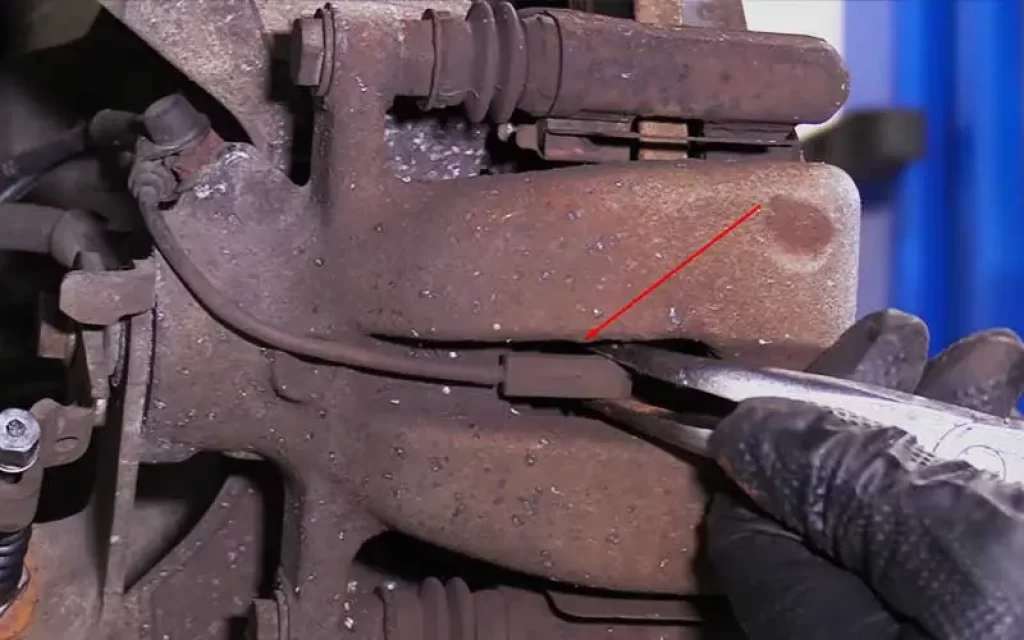
They are also prone to damage during other work on the vehicle such as installing new brake discs.
2. When do brake pad wear sensors need to be replaced?
Every 25,000 miles or each time you rotate the tires, inspect or have the brake pads visually inspected by a technician.
Replace all four of the front brake pads on the vehicle once one pad wears thinner than 1/4 inch. Depending on driving style and road conditions, this may occur between 25,000 and 75,000 miles.
No specific mileage exists at which you must replace brake pads. Driving styles and driving conditions determine longevity more than distance traveled.
Visual inspections provide the best determination of when to replace the brake pads. However, the brake squealers serve as a handy warning.
Many factors determine how long brake pads last after the warning light. However, a rough guide would be around 1000 miles where efficient braking is maintained.
3. Where does the brake pad with the wear indicator go?
It all hinges on the position of the caliper: if the caliper bolts to the rear of the rotor, the brake pad indicator should be on the bottom inner surface.
The wear indicator should be on the top inner if the caliper bolts to the leading edge of the rotor. Besides this, you can find newer models with floating calipers.
In addition, the indicator should be on the inside pad. The reason is that the inside brake pads wear faster than the outer pad.
In order to fit a brake pad wear indicator, please follow these instructions. Install the pad support plates into the torque plate. Install pad wear indicators onto your pads.
Install the anti-squeal shims on the outside of each pad and then install the pad assemblies into the torque plate. Compress the caliper piston inside the bore.
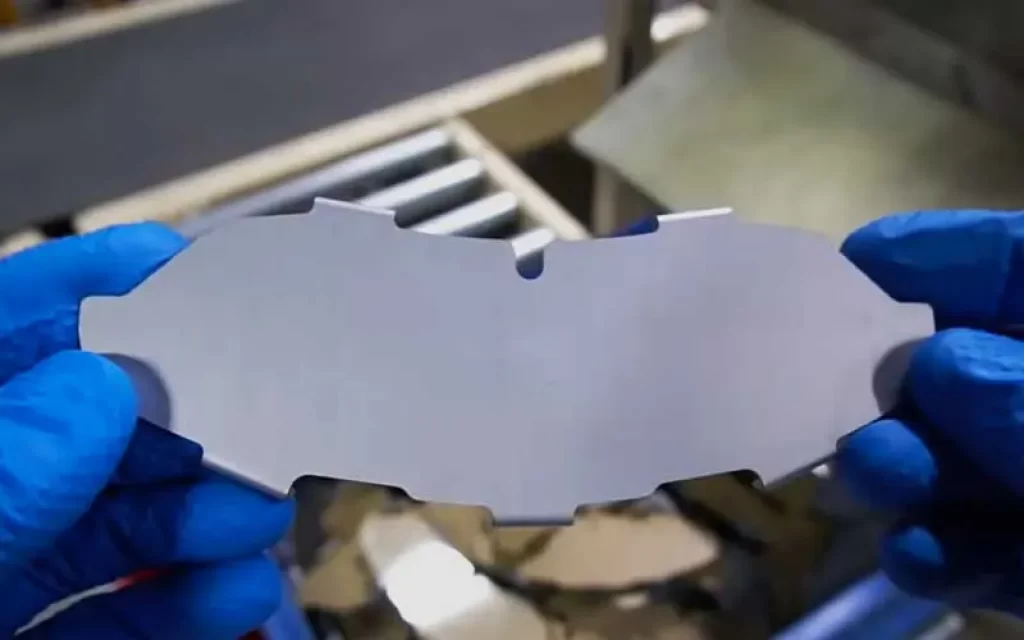
Lubricate caliper pins if needed. Position the caliper bracket back down over the pads.
At the same time, rotor thickness needs to be measured as these can wear over time, although they take longer than your front brakes.
Signs of wear on the rotor surface and brakes are a continuous high-pitched squeal as you put your foot on the brake pedal.
New pads are needed because you could have metal on metal, which could weld themselves together, and all you have to stop are your rear brakes.
Read: Best Brake Caliper Paint
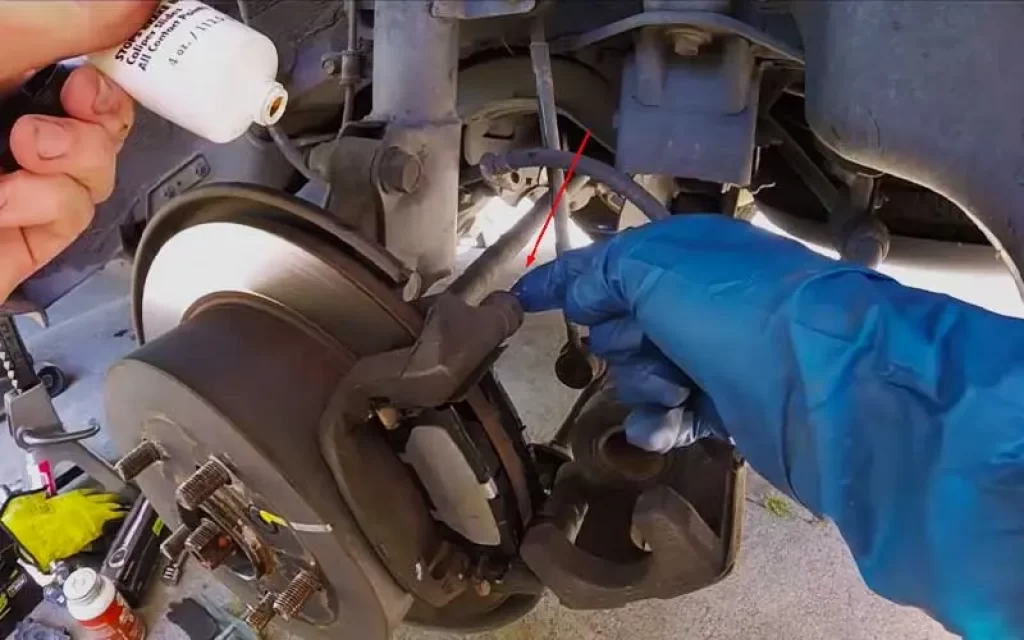
As you depress the brake pedal, there isn’t enough brake fluid in the master cylinder to get the brake pads to touch the rotor to slow your vehicle.
Conclusions
It is safe to drive with this light on for a short amount of time because the light will come on when you still have some brake pad material left.
But if you wait too long and continue driving, you will run out of material and damage the rotors.
Without any pad material, the brakes won’t stop the car as quickly so waiting too long is dangerous and increases the risks of getting into a collision.
As always, we suggest you ask for certified technicians to help identify any issues you may be experiencing with your brakes or wear indicators.

